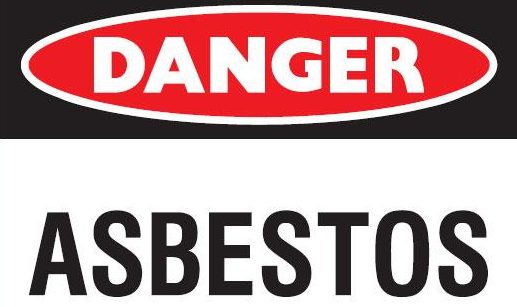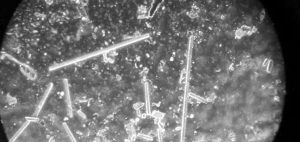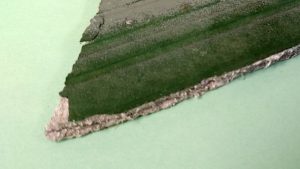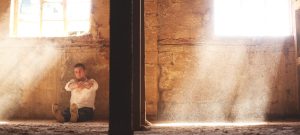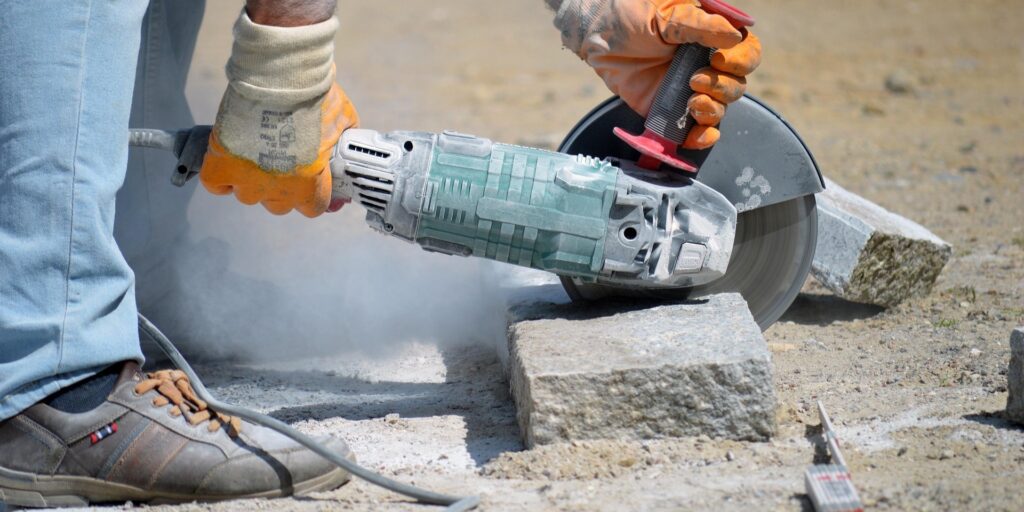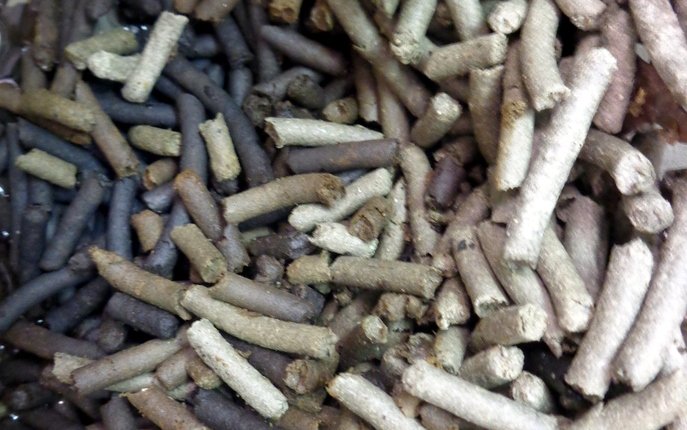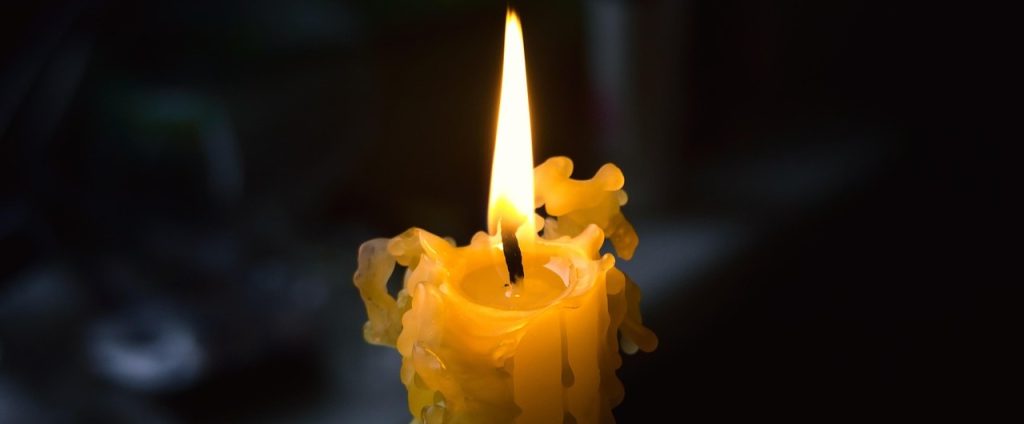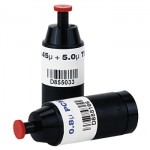
Once the asbestos is removed, the Total Fibre Count Test—often called an “Asbestos Clearance Test” should be conducted to confirm that the area is safe to re-enter. This test measures the total concentration of fibres in the air, including both asbestos and non-asbestos fibres. While it’s not a specific “asbestos-only” count, the clearance test is designed to ensure that the total fibre concentration is below Ontario’s regulated asbestos clearance limit of 0.01 fibres per cubic centimetre (0.01 ff/cc). The concept is straightforward: if the total fibre count falls below this regulatory threshold, then it is assumed the air is safe for occupants.
Why Use Total Fibre Count (PCM) Instead of Asbestos-Specific TEM Testing?
The Total Fibre Count by Phase Contrast Microscopy (PCM) is a widely accepted and economical alternative to asbestos-specific counting by Transmission Electron Microscopy (TEM). PCM provides a reliable screening method, and while it counts all fibres rather than isolating asbestos fibres alone, it is an effective clearance tool that costs about five times less than TEM. For post-abatement air quality, PCM is commonly used as a practical solution to ensure safety and compliance at a fraction of the cost.
DIY Asbestos Clearance Testing Kit by LCS Laboratory
LCS Laboratory Inc. developed an economical Asbestos Clearance Test Kit for homeowners. This DIY kit provides an effective way to verify that asbestos abatement has been conducted safely and that the air quality meets regulatory standards.
The Total Fibre Count Test is conducted in accordance with the NIOSH 7400 “PCM method” (Phase Contrast Microscopy), which is the industry standard for fibre concentration testing post-abatement.
When Should You Use This Kit?
- Use this kit if asbestos was unexpectedly disturbed during renovations. Testing can confirm air safety after a disturbance. To ensure accurate results, perform this test only after asbestos removal is complete and the area is thoroughly cleaned. Do not sample during active renovation or cleaning, as construction dust may interfere with results.
- As a final step in the remediation process, asbestos removal professionals use this test to verify that cleaned areas are safe for occupancy, as required by Ontario’s Asbestos Regulation 278-05.
Kit Contents and How to Use
The Asbestos Clearance Test Kit includes:
- A calibrated air sampling pump,
- Multiple cassettes for sampling airborne fibres,
- Detailed sampling instructions, downloadable from our “Sampling Manuals” page,
- Prepaid laboratory analysis.
After collecting samples, simply complete the “Air Testing” request form, and return the samples along with the pump to LCS Laboratory for prompt analysis.
Understanding Your Test Results
Our lab report will provide a comprehensive analysis of all fibres present in the air sample, both asbestos and non-asbestos. This test is designed as an accessible screening method that often provides a conservative estimate, as it includes all fibres in the total count. If the total fibre concentration is below 0.01 ff/cc, you can be assured the space meets asbestos clearance standards.
Order Your Kit Today
For an instant quote and to rent your LCS Laboratory Asbestos Clearance Test Kit, please email us. In your message, specify the number of rooms you want to test, your phone number, and your shipping address. The rates start from $105 + shipping. This service is available to Canadian and US residents and requires prepayment, plus a refundable security deposit.
About LCS Laboratory Inc. LCS Laboratory, based in London, Ontario, specializes in chemical and fibre testing, providing reliable, DIY sampling solutions for homeowners and construction professionals alike. If you have questions about the asbestos clearance test or need further assistance, please reach out to us through our Contact Us form. Thank you for trusting LCS Laboratory with your safety testing needs.

